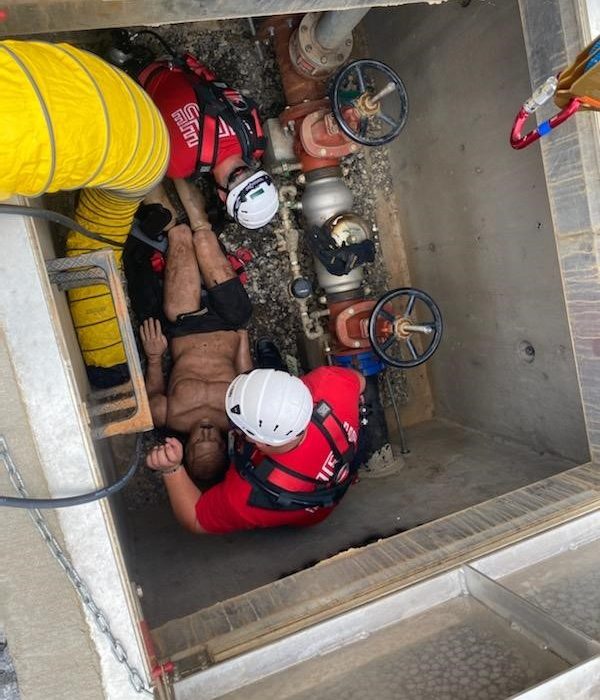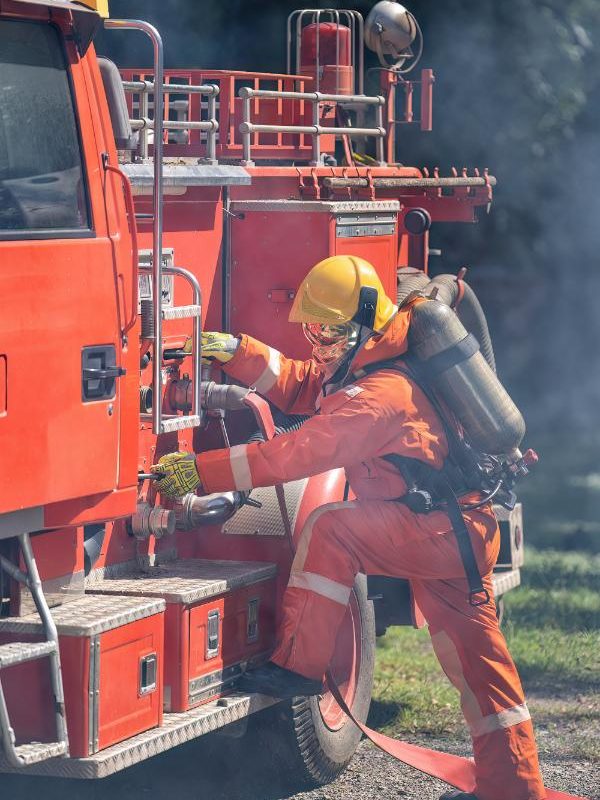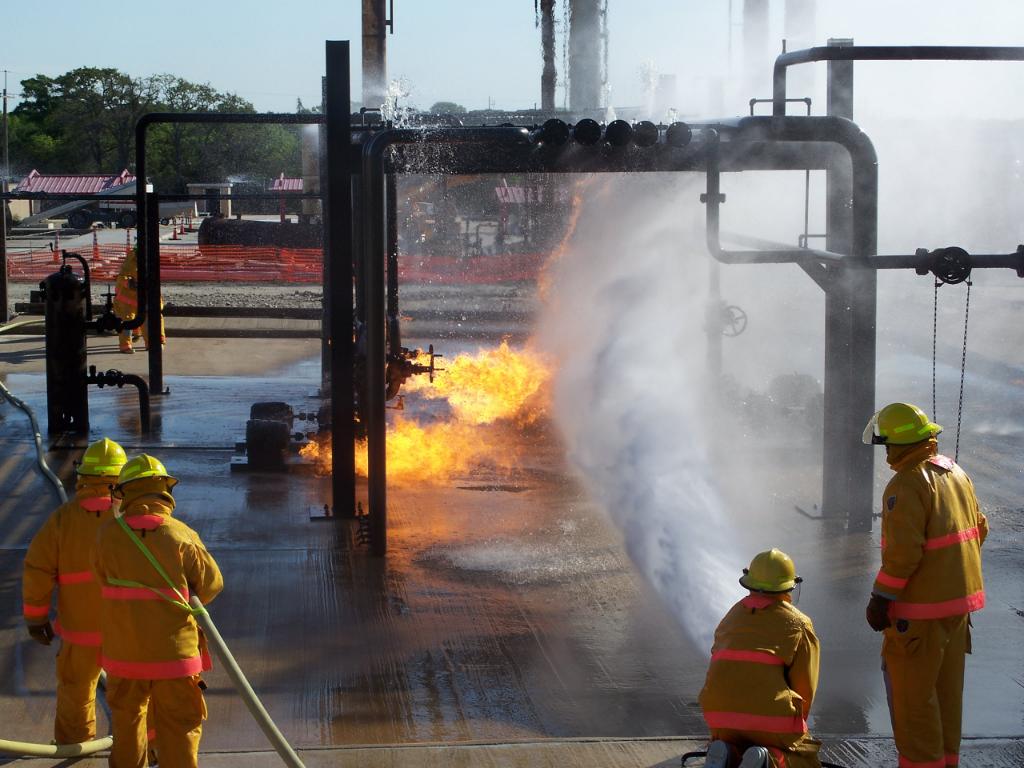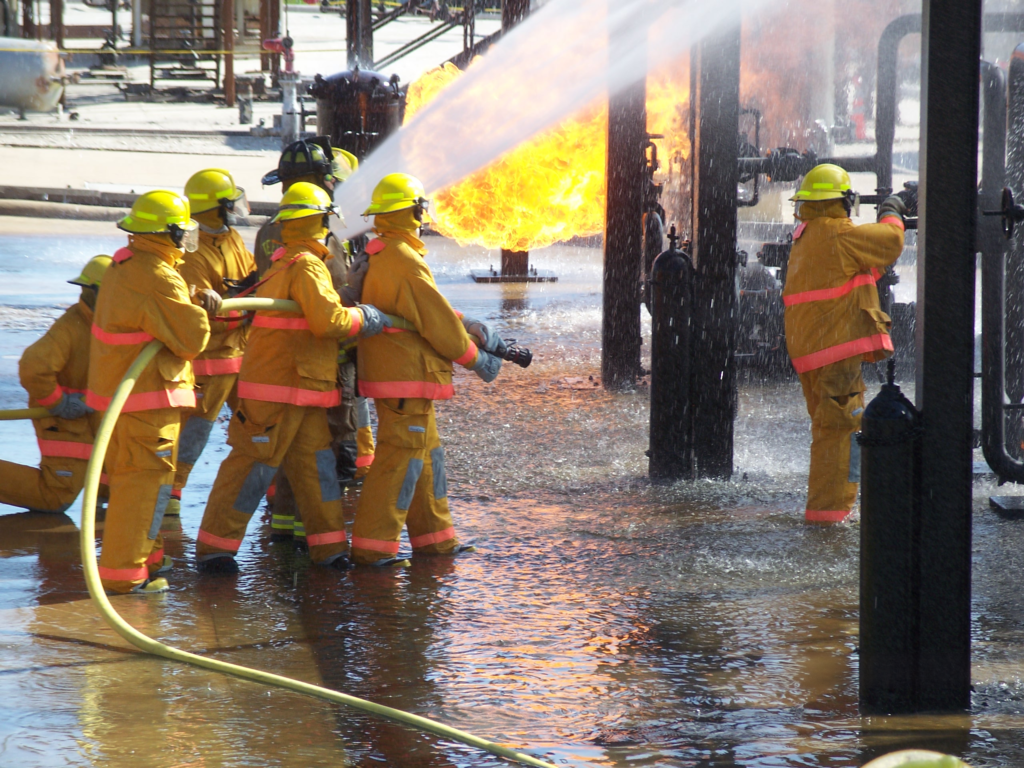Superior Industrial Fire Services, Inc.

In the realm of industrial firefighting, rigorous training and certification are critical to ensure that firefighters are well-prepared to handle the unique and complex challenges posed by industrial fires. From chemical plants and oil refineries to manufacturing facilities and warehouses, these environments present high-risk scenarios that demand specialized skills and knowledge. Proper training and certification not only enhance the safety and effectiveness of firefighting operations but also ensure compliance with industry standards and regulations.




Training and certification are the cornerstones of effective industrial firefighting. By investing in comprehensive training programs and adhering to rigorous certification standards, industrial facilities can ensure that their firefighting teams are equipped to handle the unique challenges of industrial fires. This commitment to excellence not only enhances safety but also fosters a culture of preparedness and resilience, safeguarding both lives and property in high-risk industrial environments.

